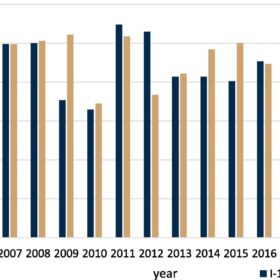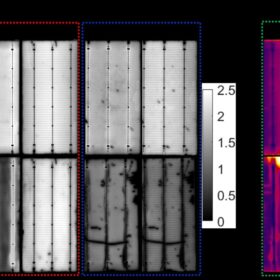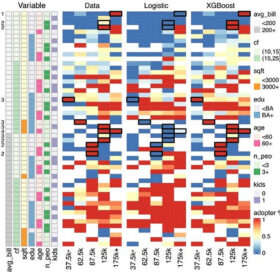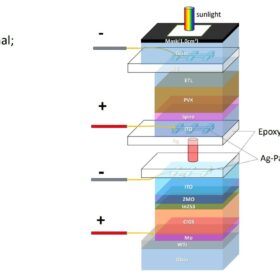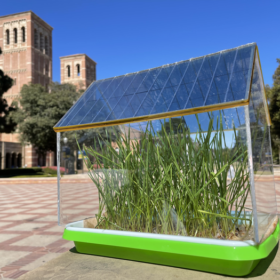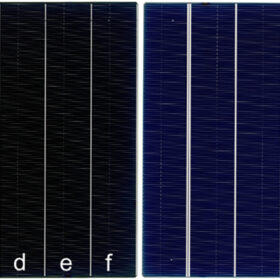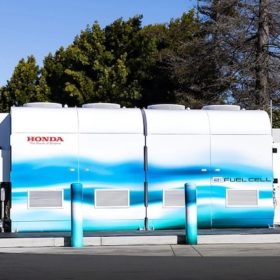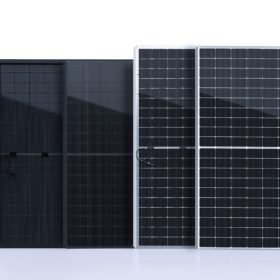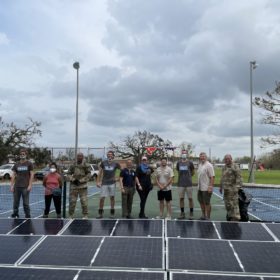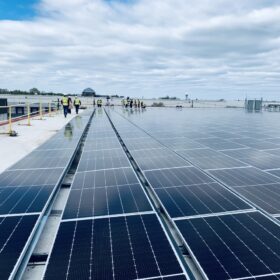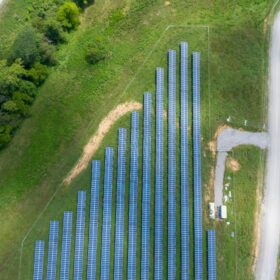Researchers assess degradation in PV systems older than 15 years
Scientists have used the U.S. National Renewable Energy Laboratory’s (NREL) HOMER software to calculate the degradation of solar panels deployed in two rooftop PV systems operating in Germany since 2003. Their calculations focused on the energy productivity of the systems.
Scientists warn of heat-induced failure risks in HJT glass-backsheet PV modules
University of New South Wales researchers have identified four failure modes caused by damp heat in heterojunction solar panels with a glass-back sheet configuration. The failures could result in power losses ranging from 5% to 50%.
Machine learning method to identify residential PV adopters, reduce soft costs
Researchers have defined a new machine learning-based methodology that reportedly reduces customer acquisition costs by about 15% or $0.07/Watt. It is based on an adapted version of the XGBoost algorithm and considers factors such as summer bills, household income, and homeowner’s age, among others.
Average silver price expected to drop 2% to $21.30 per ounce this year
The U.S. Silver Institute’s “World Silver Survey 2022” report shows that the price of the metal will fall slightly this year despite increasing demand from the PV industry.
Big PV plants may have positive climate impact in deserts, say researchers
Chinese researchers have discovered that solar plants might reduce evaporation and wind speeds in the Gobi Desert, while also increasing soil relative humidity, according to a series of simulations with different emission scenarios.
Midsummer develops 24.9% efficient 4T tandem perovskite-CIGS solar cell
Midsummer and researchers from the University of California, Los Angeles (UCLA), say that their new tandem PV cell is suitable for the company’s Duo production equipment, which makes 56 mm x 156 mm CIGS cells on a flexible stainless steel substrate.
Semi-transparent organic photovoltaics for greenhouse applications
Scientists from the University of California, Los Angeles (UCLA), have used an antioxidant known as L-glutathione as an interlayer in an organic PV cell to prevent other materials from oxidizing. The cell has an efficiency of 13.5% and an average visible transmittance of 21.5%. The researchers said it is suitable for applications in solar greenhouses.
TOPCon shingle solar cell achieves 22.0% efficiency via thermal laser separation
Scientists from Germany’s Fraunhofer ISE and US panel maker Solaria have applied thermal laser separation and post-metallization passivated edge technology to tunnel oxide passivated contact (TOPCon) cell production. They have developed shingle PV devices that are more efficient than cells built with conventional laser scribing and mechanical cleaving methods.
Honda reusing vehicle fuel cells to build 500 kW stationary fuel cell system
Honda has revealed that it is testing a pilot stationary fuel cell stationary power system in California.
SEG Solar releases 580 W TOPCon solar modules with 22.45% efficiency
California-based SEG Solar says its new panels have a temperature coefficient of -0.30% per degree Celsius. They come with a 30-year power output guarantee for 87.4% of the initial yield.

